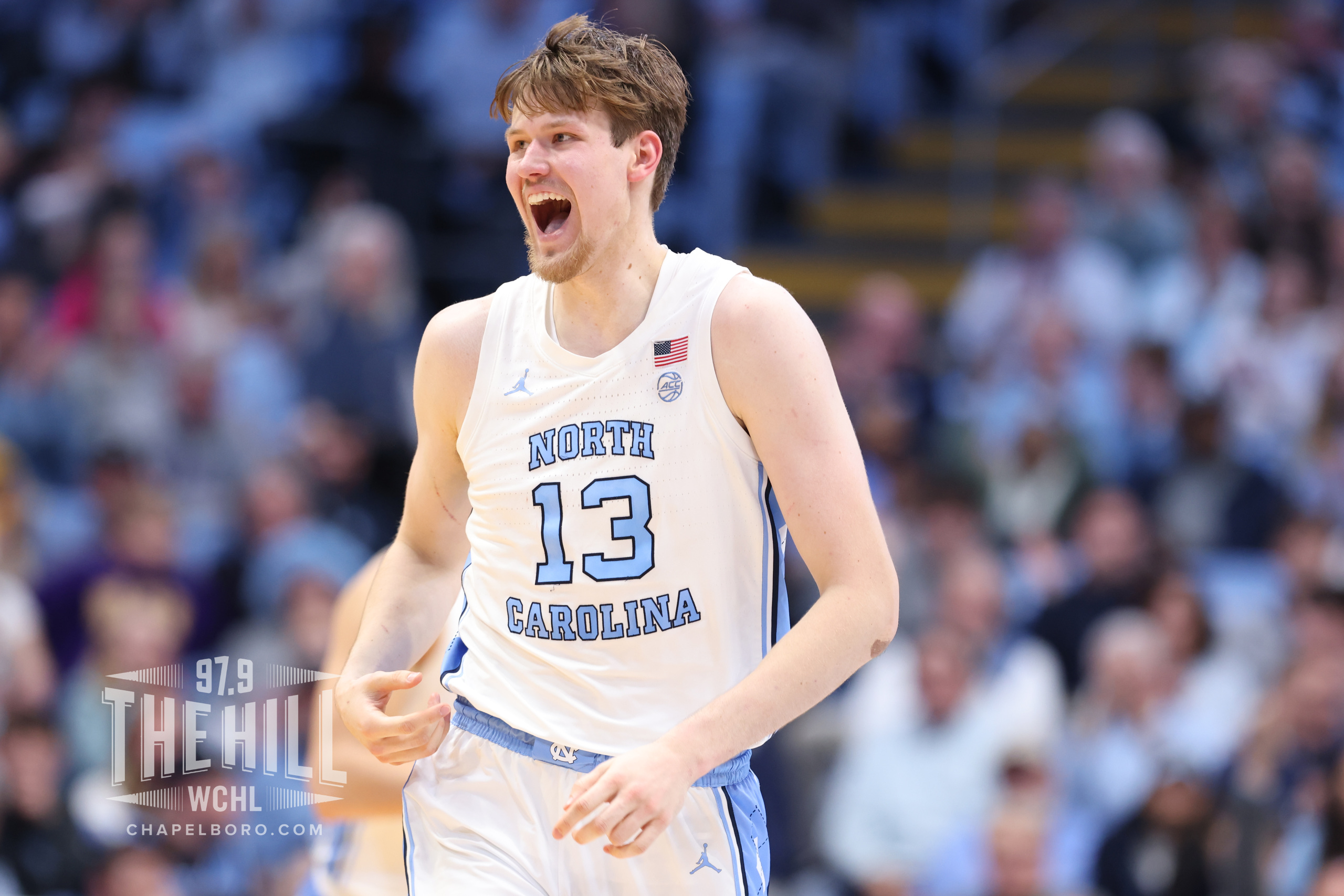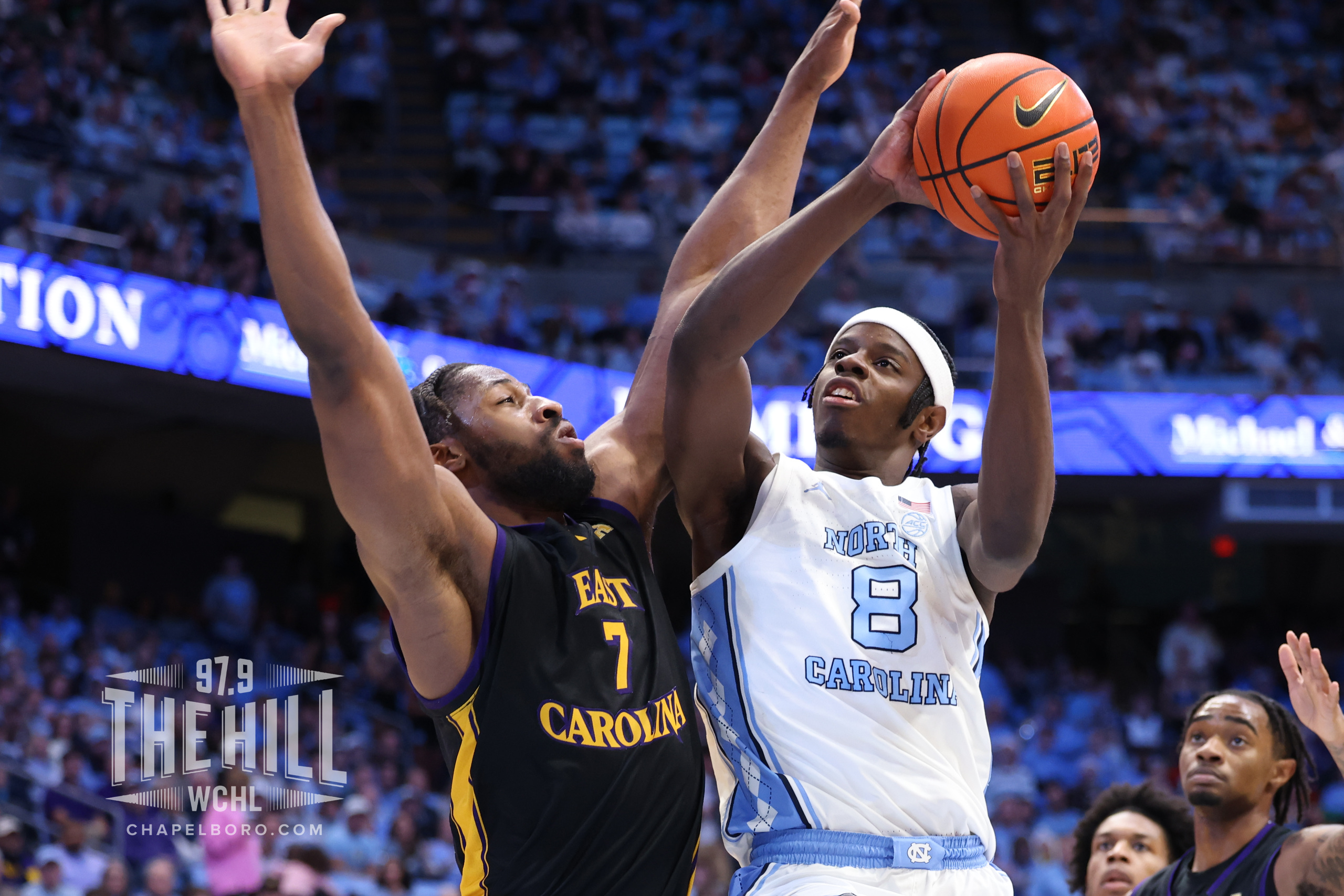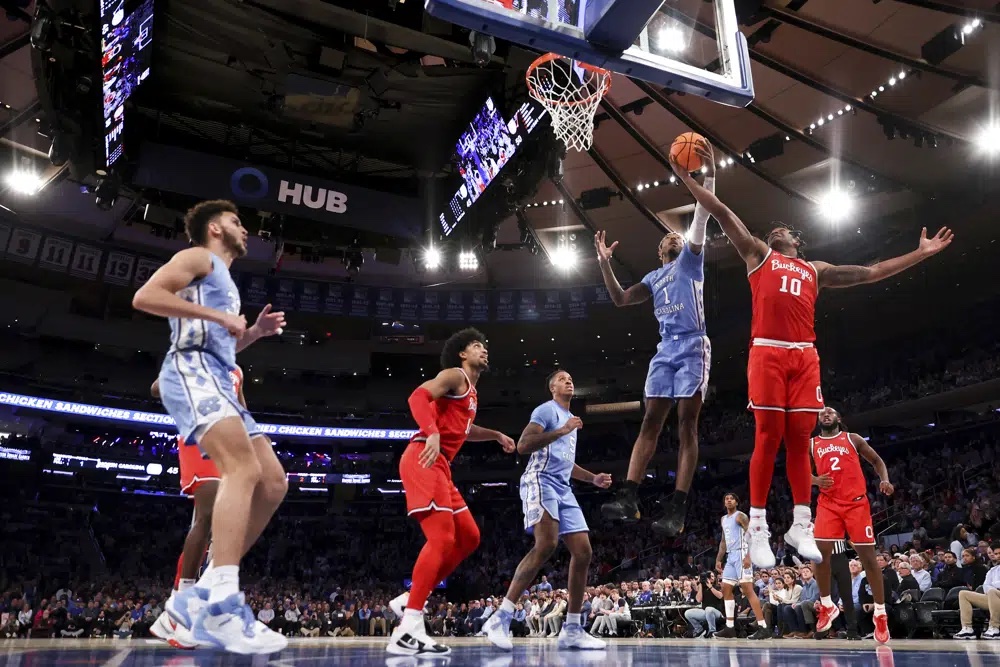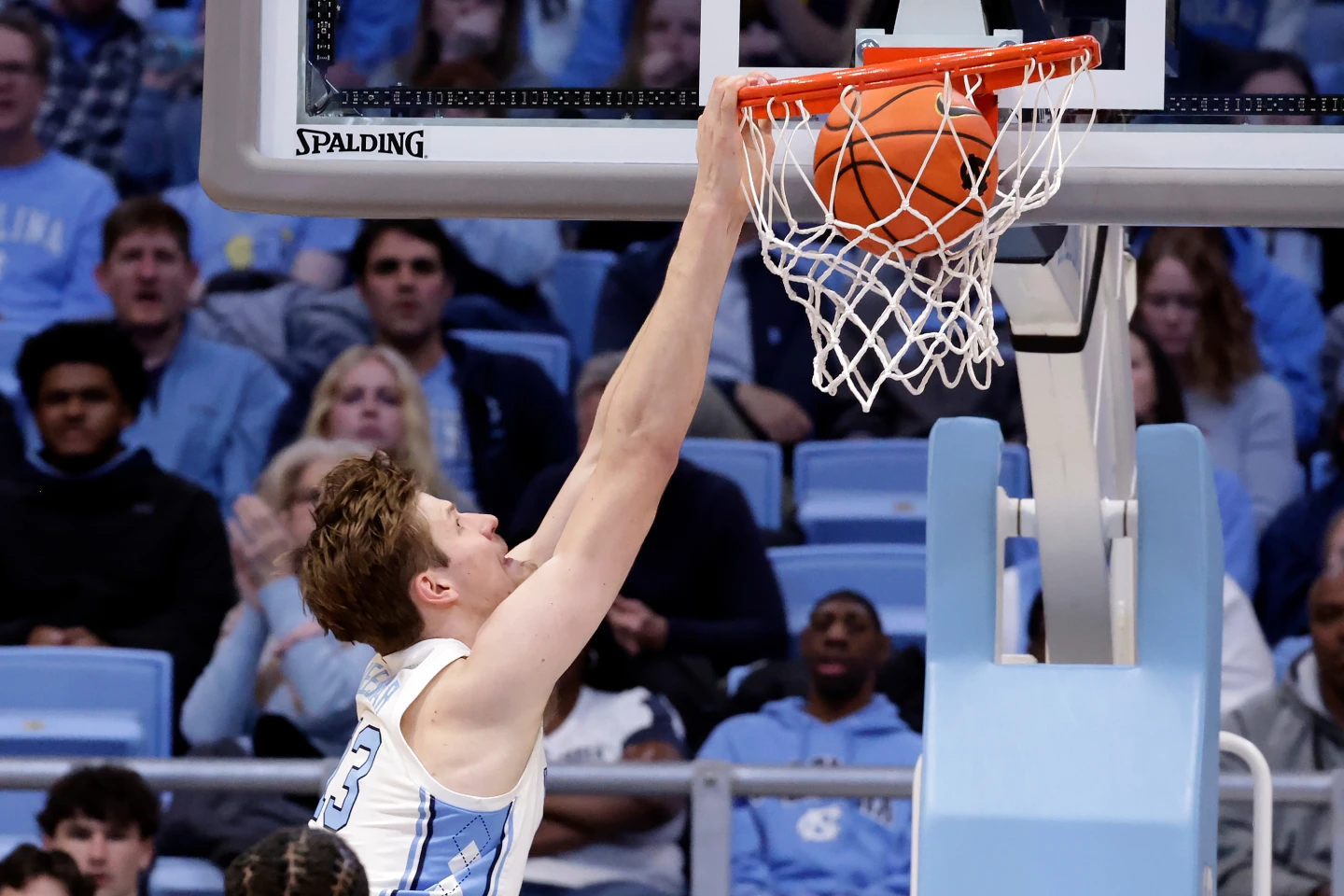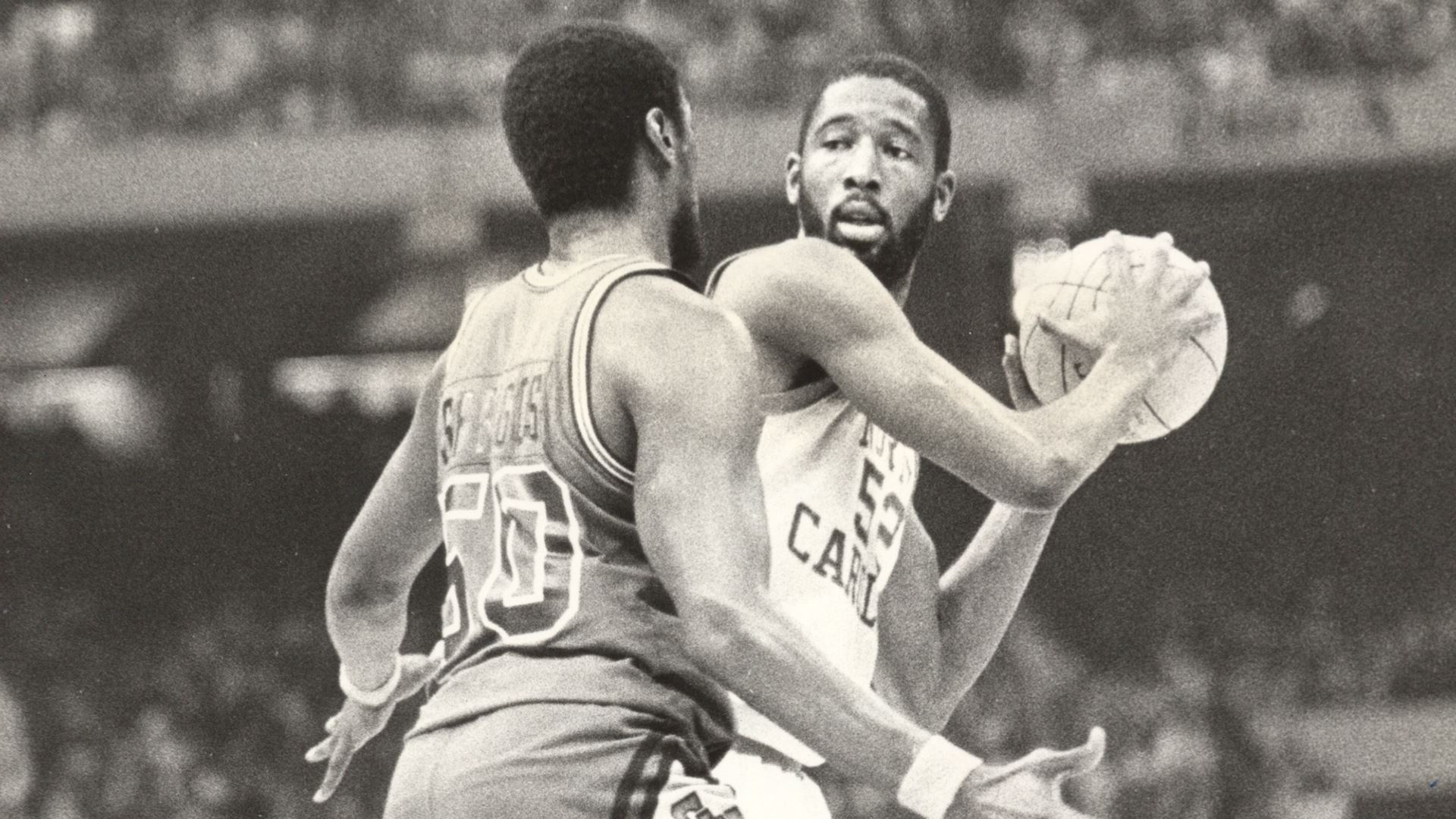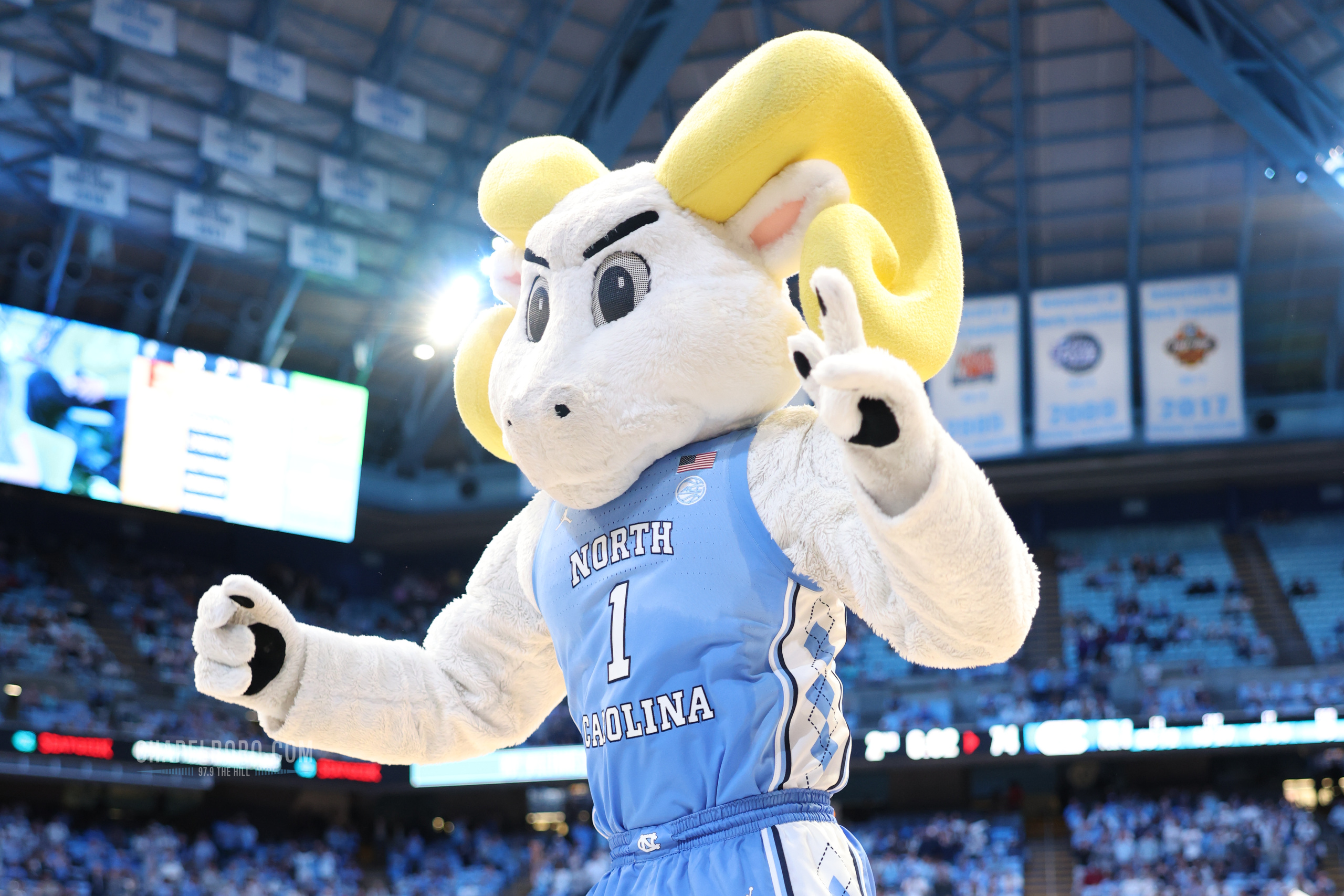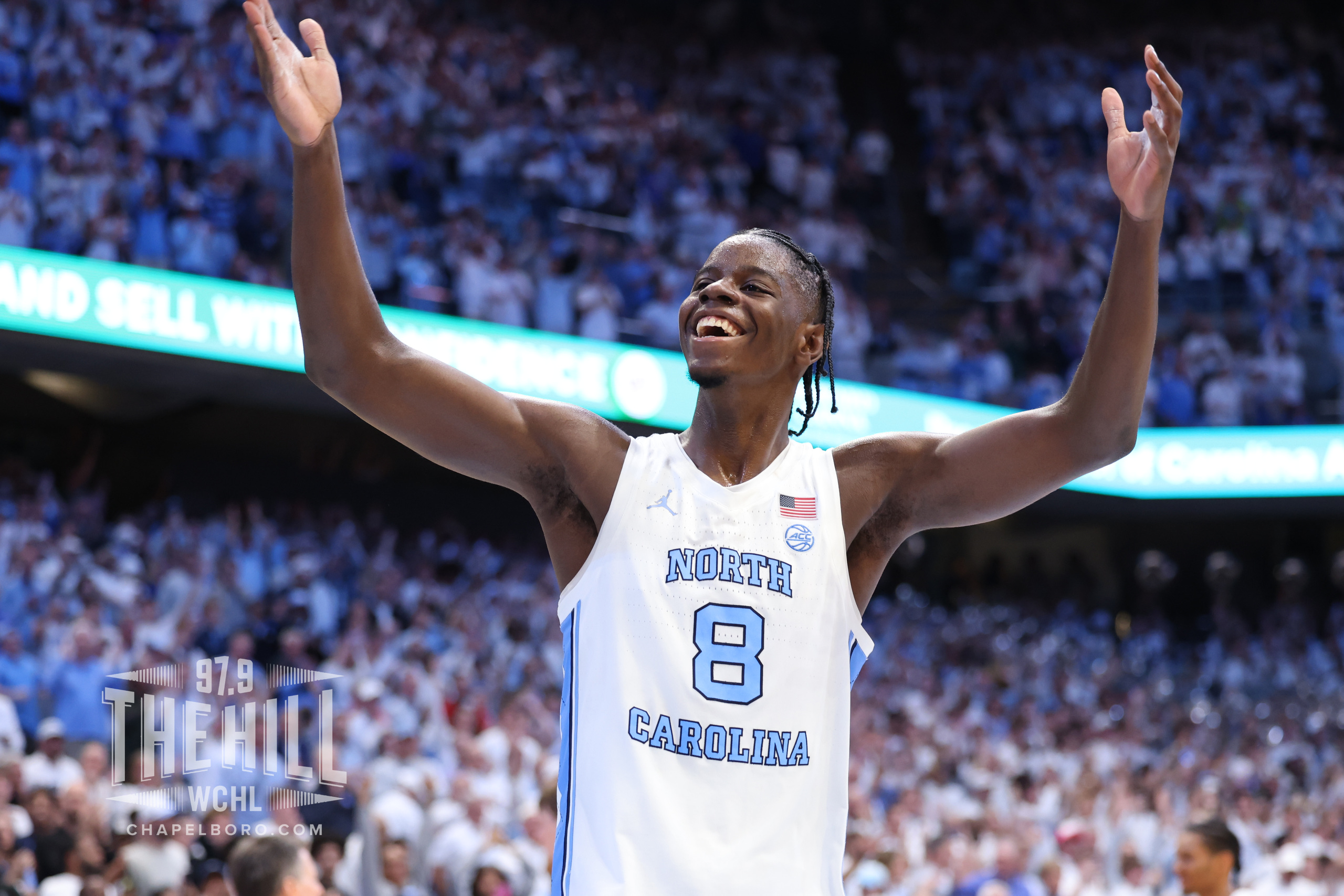
Art Chansky’s Sports Notebook is presented by The Casual Pint. YOUR place for delicious pub food paired with local beer. Choose among 35 rotating taps and 200+ beers in the cooler.
Bill Chamberlain would not live in Charlie Scott’s shadow.
Chamberlain was the second African American scholarship basketball player at Carolina. He came to Chapel Hill two years after Scott because he wanted to blaze the same trail as Charlie.
But they were different kids from dissimilar backgrounds.
On the playgrounds of Harlem, Scott followed teammates who left New York City to get college scholarships. So he took that path, sending his ninth grade transcript from Peter Stuyvesant High School to Laurinburg Institute and was recruited by UNC from there.
Chamberlain, who died this week at 75, lived in an affluent part of Harlem and his parents sent him to Long Island Lutheran High School. He teamed with and befriended white players and learned up close of their advantages. Scott wanted to be the first black college star in the South, and Chamberlain spurned Princeton to follow him here.
While Scott felt most comfortable between the lines on a basketball court, Chamberlain was more social and protested during the civil rights controversy on campus and in Chapel Hill. He attended meetings of the Black Student Movement and spoke in favor of the 23 demands the BSM gave to chancellor Carlyle Sitterson.
Chamberlain was a big supporter of the mostly black employees at Lenoir Hall cafeteria and their poor working conditions that included no time off or pay for being sick or suffering an injury. Working with Chapel Hill mayor-to-be Howard Lee, Chamberlain fought for wage increases and health care in the final settlement.
When Scott graduated, Chamberlain became a star and earned MVP honors at the 1971 NIT after UNC did not make the NCAA tournament. He also started on the 1972 Final Four Tar Heels with George Karl, Steve Previs, Robert McAdoo and Dennis Wuycik, plus sophomore Bobby Jones as sixth man. That was a great team that won the ACC regular season and tournament championships.
His pro stock rose after that performance and he signed with the ABA and eventually the NBA during his short-lived pro years. Lower back Injuries dogged him and cut short what might have been a solid career with his athletic ability and scoring moves around the basket but was never the same with the back injury.
After playing briefly in France, Chamberlain served as an assistant coach at Duquesne, where he complained to the school’s athletic department for not having a weight room for basketball. He made friends with the Pittsburgh Steelers staff that allowed the Duquesne players to work out at their facility.
He worked for the state department of public safety for years before suffering a stroke that forced him into retirement. He was frustrated by that but stayed close to former teammates and coaches at Carolina and remained a huge fan even after he could no longer attend games.
Other prominent black players followed Chamberlain and Scott to make the Tar Heels “America’s team” during the 1970s and beyond.
Featured image via UNC Athletic Communications
 Art Chansky is a veteran journalist who has written ten books, including best-sellers “Game Changers,” “Blue Bloods,” and “The Dean’s List.” He has contributed to WCHL for decades, having made his first appearance as a student in 1971. His “Sports Notebook” commentary airs daily on the 97.9 The Hill WCHL and his “Art’s Angle” opinion column runs weekly on Chapelboro.
Art Chansky is a veteran journalist who has written ten books, including best-sellers “Game Changers,” “Blue Bloods,” and “The Dean’s List.” He has contributed to WCHL for decades, having made his first appearance as a student in 1971. His “Sports Notebook” commentary airs daily on the 97.9 The Hill WCHL and his “Art’s Angle” opinion column runs weekly on Chapelboro.Chapelboro.com does not charge subscription fees, and you can directly support our efforts in local journalism here. Want more of what you see on Chapelboro? Let us bring free local news and community information to you by signing up for our newsletter.


